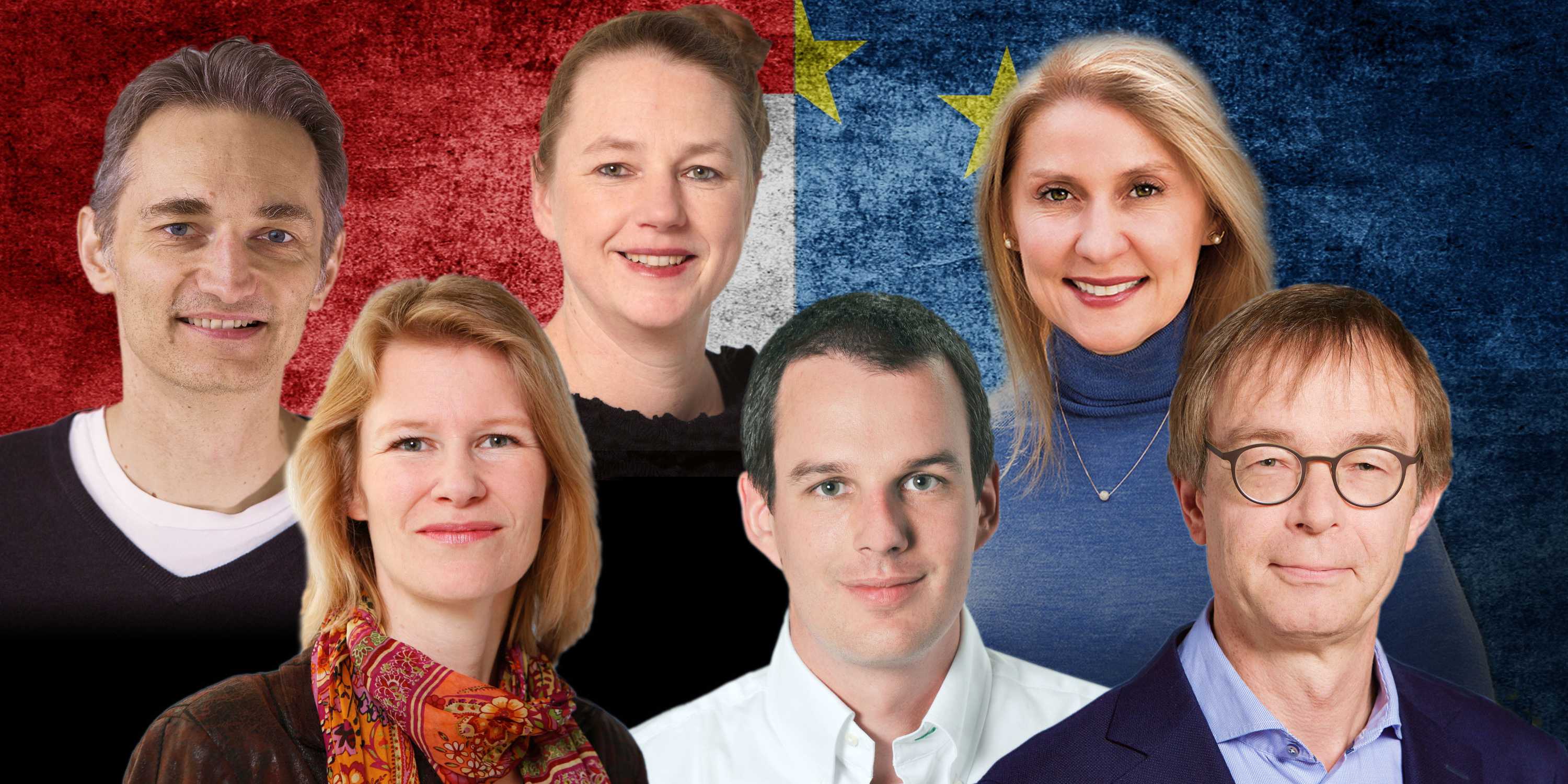The Swiss National Science Foundation has awarded Advanced Grants to make up for the loss of European support. Researchers at ETH Zurich did particularly well, with 6 of the 24 grants going to the university.

Last year, the Swiss National Science Foundation (SNSF) announced Advanced Grants to which established researchers from Swiss universities could apply for funding for a forward-looking, original, significant or even risky project. Of the 232 projects submitted, the SNSF selected 24 for funding. Six of them are projects submitted by professors at ETH Zurich.
The SNSF Advanced Grants are a Swiss replacement measure for the Advanced Grants awarded in previous years by the European Research Council (ERC). Throughout Europe, receiving one of these grants was considered a significant personal achievement for a researcher: not only are they awarded competitively, but their evaluation takes into account a researcher's academic track record over the previous ten years.
Last year, the European Union downgraded Switzerland from an "associated" to a "non-associated" third country. This means scientists from Swiss universities are currently no longer eligible to apply for an ERC Advanced Grant. As a substitute measure, the Swiss National Science Foundation has created the SNSF Advanced Grants on behalf of the federal government for researchers at Swiss universities.
The researchers who have now received awards will each be supported with 2.1 to 2.4 million Swiss francs. The following ETH Zurich people and projects have been awarded a grant:
Bumblebees damage plant leaves, causing the plants to accelerate their flowering. This was recently discovered by the group of Consuelo De Moraes, Professor of Biological Communication. She will now explore the molecular and biochemical mechanisms responsible for this phenomenon, as well as its ecological implications, including whether such effects may help to synchronise the life cycle of plants and their pollinators.
Tilman Esslinger, Professor of Quantum Optics, will create synthetic quantum systems using atoms cooled to extremely low temperatures. He will investigate not only the quantum physical interactions between individual components, but also their geometric structure (topology). His research will focus on the interplay of interactions and topology in a bid to improve our understanding of quantum physics and make better use of it.
In our cells, it must be ensured that potentially toxic proteins are not present in excess and only in the correct form. Specialised cell functions maintain an ideal protein balance. Ulrike Kutay, Professor of Biochemistry, will try to decipher these functions specifically for the cell nucleus. She will also explore how protein balance in the nucleus is related to disease as well as cellular aging processes.
Microprocessors and their components are becoming smaller and smaller, and more and more functions are being combined on one chip. New possibilities are being added directly on the chip, among them heat recovery and optical communication. This is making chip design increasingly complex. Mathieu Luisier, Professor of Computational Nanoelectronics, will use his project to develop a computer-based simulator that will simplify the design of electronic components and speed up their fabrication process.
Karsten Weis, Professor of Cellular Dynamics, will investigate the aging processes of living organisms at the cellular level in his project. In particular, he will study how aging affects the biophysics (for example the viscosity) of cellular fluid, as well as the tendency for certain proteins to aggregate, which is linked to several age-related diseases. The idea is to use this research to develop new strategies for treating such diseases and extending life expectancy.
Collagen is the most abundant protein in mammals and is responsible for tissue stability. However, excessive cross-linking of collagen fibres occurs in diseases such as atherosclerosis or cancer. Helma Wennemers, Professor of Organic Chemistry, will develop special molecules to visualise the cross-linking of collagen fibres using imaging techniques. She hopes not only to better understand the cross-linking processes, but also to provide new molecular tools for the diagnosis and therapy of the corresponding diseases.






